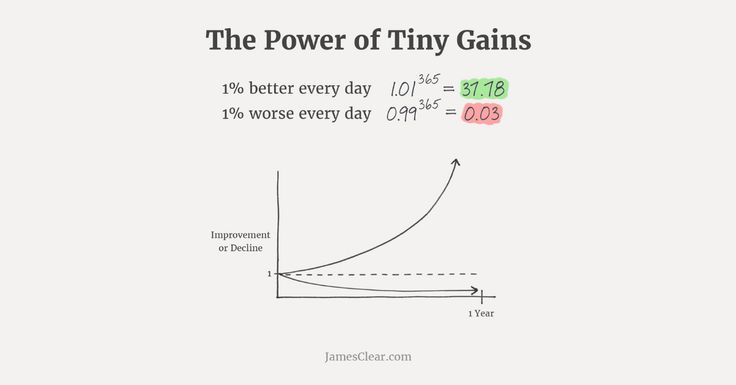Something I’ve found an enhanced interest in over recent years has been compound growth, and with that, the idea of marginal gains.
David Brailsford was Director for British Cycling as well as general manager for cycling Team’s Sky made history when he led the rise of Team GB cycling to Olympic success in 2012 after what had been an era of poor performance for the nation.
Whilst trying to change the tides for team GB, Brailsford adopted a philosophy based off what he called ‘marginal gains’. This philosophy was that, by making small improvements in many areas, these would create a large performance improvement overall.
For example, Brailsford ensured each cyclist was given a customized mattress and pillow, aiding optimal sleep. Hotel door handles were cleaned regularly to reduce the risks of colds and infections, as well as the athletes being taught better hand-washing techniques. Cyclists were given cooling vests to wear before races in order to keep the core at an optimal temperature. Riders were given customized diets, which varied between them, to ensure they got the best nutrients for them.
Now, each of these adjustments alone would hardly be noticeable, but when added together, they start to change the bigger picture.
At the next Olympics in Beijing in 2008, Team GB won 8 gold medals – more than any other nation. They did the same again at the 2012 London Olympics, and 6 gold medals in Rio in 2016, cementing themselves as the worlds most successful cycling nation.
If you’re interested more in marginal gains, I would highly suggest reading ‘Black Box Thinking’ by Matthew Syed. I found his examples, including of David Brailsford, fascinating.
However the aspect of marginal gains that interests me the most, is how can we apply this to our personal lives? Many of us may feel stuck, we have goals but don’t know where to begin with them. Oftentimes things can just seem too big.
However, what if we approach our goals with the same philosophy that David Brailsford approached British cycling with? What if we just strived to be 1% better each day? Or, even if 1% wasn’t achievable, what about 0.5? Or 0.1?
Well, some simple maths tells us that if you were to improve at something by just 0.5% a day, then 10 days later you would only be around 5.1% better than you were when you started. But give it 100 days, and you have a 64% improvement. Give it a year and now you are 6.17X better than you were when you started. Another year and you’re now at 38.1X better. That is the power of exponential growth. By building upon what you can, bit by bit, day after day, and maintaining your discipline even when change feels slow or perhaps even non-existent, you can develop your skills to new levels.
Most people overestimate what they can do in 6 months, or 1 year. But they will underestimate what they can do in 3 years, or 4, 5, 6 or 7. James Dyson created 5,127 prototypes before striking gold with his Dual Bagless vacuum cleaner. But his continued perseverance eventually led to his success.
Change takes time, and the best time to start was 10 years ago. The second best time? Right now. So have a think. What’s your goal? How can you break it down to implement marginal gains? What you do today creates the foundations for your future. So get building.
Discover more from My Fitness Feed
Subscribe to get the latest posts sent to your email.
